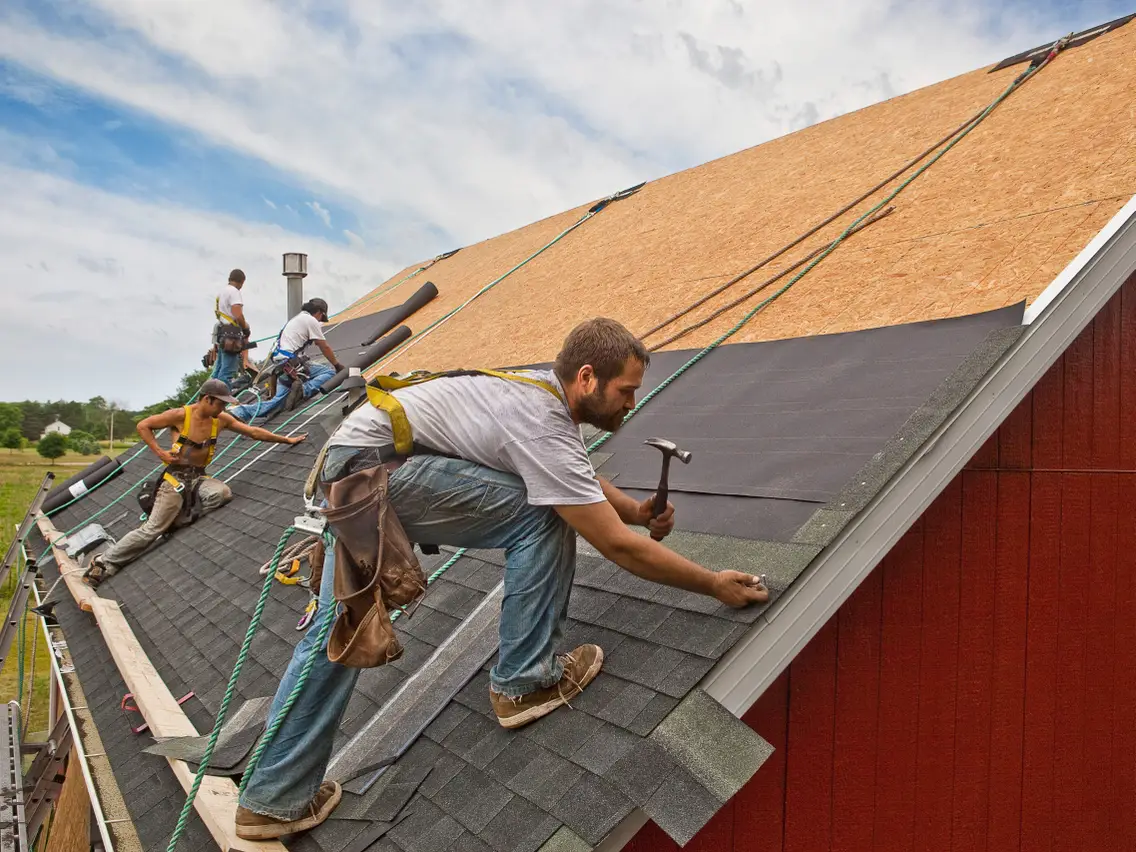Whether you own a home or rent a property, there are a number of things you need to know about whether your insurance will cover roof leaks. You will also want to know about your policy’s exclusions, as well as the process for filing a claim.
Signs of a leaky roof
Whether you are considering buying a new home or want to avoid the headache of a roof leak, you should know what your insurance covers. A roof leak can cause expensive repairs to your home. The best way to avoid leaks is to check your roof regularly. This is especially true if you live in an area where frequent floods or storms are common.
You can find out what your insurance covers by looking at your policy. Most home insurance policies will cover wind damage, lightning damage, and hail damage.
Some policies will also cover water damage, but only if it is the result of a covered peril. For example, if you live in a flood-prone area, your insurance policy may cover the cost of repairs if you experience a roof leak.
A roof leak may be a simple case of a crack or missing shingle. If this is the case, you may want to call in a roofer to inspect the damage.
You might have to file a claim before your insurance provider will pay you for the damage. While it’s not always the case, your insurer may raise your rates if you make a claim. If you’re not sure if your policy will cover the repair, contact your provider immediately.
Exclusions from insurance coverage
Whether you are considering buying a home or have an existing one, it is important to know what exclusions from insurance coverage for roof leaks are. In addition, you should know how to prevent a leak from damaging your home. This will save you hundreds of dollars in the long run.
Roof leaks are common, and may be caused by wind and hail. However, they are also caused by age, wear and tear, and other factors. If the roof has a history of leaks, it isn’t covered by most home insurance policies.
If you are considering purchasing a home, you should talk to your agent about what your policy covers. Your agent will also be able to explain any exclusions that may exist in your policy.
The most common perils for roof damage are wind, rain, snow, and falling branches. If your roof is leaking, your homeowners insurance may cover the repair. However, your insurance may not cover damage to the interior of the home. This could result in damage to sheetrock and walls, as well as other components of the structure.
Roof leaks may also be caused by improper installation of chimney flashing, deterioration of roof decking, and other factors. If your insurance policy covers leaks, it will not cover damage that is the result of these factors.
How to file a claim
Fortunately, most homeowners insurance policies cover the cost of roof leaks. However, you should understand your policy before filing a claim. You may need to pay a deductible before you receive reimbursement. This deductible is based on the percentage of dwelling coverage in your policy.
You may need to file a claim if your roof leaks for an extended period of time. You may need to take photographs and videos to substantiate your claim. You should also write down all the details of the incident. You should be able to trace the damage from the highest point of your roof to the lowest point.
Your insurance policy may also cover actual cash value for the damage. The policy may not cover damage resulting from wind or hail. In addition, you may have to pay a deductible for damage caused by these perils.
If you live in an area that is susceptible to hail, you may need to get a separate insurance policy for hail damage. You may also have to pay a deductible if the damage to your roof is more than a certain percentage of your dwelling coverage.
Roofs may leak due to poor maintenance or faulty workmanship. You should inspect your roof regularly to avoid damage. You should also check your attic and chimney for cracks. If the damage is severe, you may need to get repairs done immediately.


